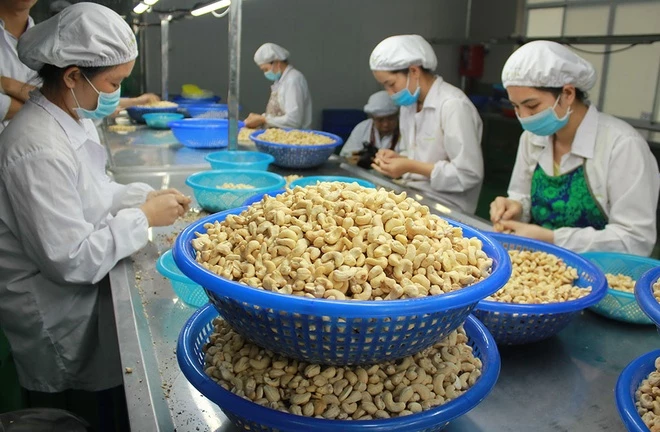Vietnam strives to be among the top ten producers of farm products worldwide
The government forms a steering committee for major transportation projects / Approval of the national climate change strategy through 2050
The Government's Decision 858, approved by Deputy Prime Minister Le Van Thanh, outlined Vietnam's strategy for agricultural mechanization and the growth of the agricultural, forestry, and fishery processing industries through 2030, included this objective.
By 2030, Vietnam's mechanization rate would be over 70% for crops, 60% for animal husbandry, and 95% for aquaculture, according to this strategy.

Illustrative image.
Additionally, until 2025 and until 2030, the agricultural processing industry's growth rate for value-added products would average 8% and 10% annually, respectively.
More than 70 percent of major agricultural processing centres will adopt medium- to high-level technologies by 2030, and 60 percent of Vietnam's agricultural export staples will be processed products.
The government intends to establish major agricultural corporations with international-level financial capability and corporate governance, as well as industrial clusters for processing farm produce that are linked to regions with a high concentration of raw materials and distribution hubs.

Illustrative image.
To implement this strategy, the government would continue refining institutions and regulations, such as land management regulations, policies and mechanisms for cooperation between provinces/cities and government agencies in mass agricultural production.
When the National Assembly reviews the Law on Taxation, it will be proposed to make changes to the tax incentives for the agricultural processing sector as well as for agricultural machinery, equipment, and technology.
It is anticipated that technological developments will be used in the farming process, along with incentives that will help train a top-notch workforce for the mechanization of agriculture.
Preferential loans for agricultural development are provided by the banking industry, particularly for initiatives that establish sizable farm produce processing, storing, and distribution hubs.
Based on the advantages of each region, the Ministry of Agriculture and Rural Development would restructure concentrated agricultural production regions into three groups of national, provincial, and local key products.
The ministry is tasked with fostering the development of farm produce processing and mechanization, as well as strengthening collaboration in agricultural production and distribution, with businesses playing a crucial role in value chains.
End of content
Không có tin nào tiếp theo